Steel, Cast Iron, Aluminium & Alloy Cleaning
A data sheet on our metal cleaning services, a suitable summary for printing is available in PDF format, Metal Surface Preparation Datasheet
We specialise in using a low pressure sand jetting system but obviously sometimes traditional sand/bead blasting is more appropriate for metal cleaning.
However The 'damp' system also captures dirt and abrasive, preventing the health and safety risks associated with dry blasting. It also acts as a coolant, and therefore can clean thin metals, such as steel motor vehicle shells, without heating the surface causing distortion. In particular though this capturing of dirt means that the system can safely clean lead based paints from structural steelwork ad Cast Iron . It is also 'soft' enough to clean Aluminium or Alloy surfaces without heavy scratching - but enough profile to allow paint coats to fully bind to the cleaned surface.
A further advantage of the system we use is that it also uses far less abrasive than traditional sandblasting, making expensive abrasives, such as garnet, cost effective, and more significantly reducing waste. Abrasive does not need to be recycled, preventing cross contamination between jobs, and apart from in specialist cases, is not a major part of the running costs.
We have a 'walk in' blasting bay at our Beverley premises in East Yorkshire, enabling us to undertake some work in house and under cover. in this bay we can operate both our dry blast systems and the damp blast machines. (Please note that we do most of our work away on site, so please 'phone before arriving at our office with something to clean.)
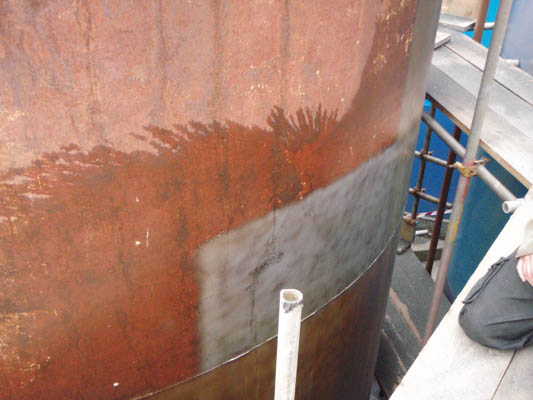
A test panel on a large oil storage tank in East Yorkshire- note that the left hand side of the patch has already started to 'ginger' with rust - one of the challenges with damp blasting things - we have primers though that thrive on surfaces with slight flash rusting.
On Site Preparation
These structural steels are located deep underground in Hull - and there was concern that there was lead contaminated paint on them
So... first picture.. some slightly rusty (very rusty underneath!) beams that hold the walls up - with lead paint on them.
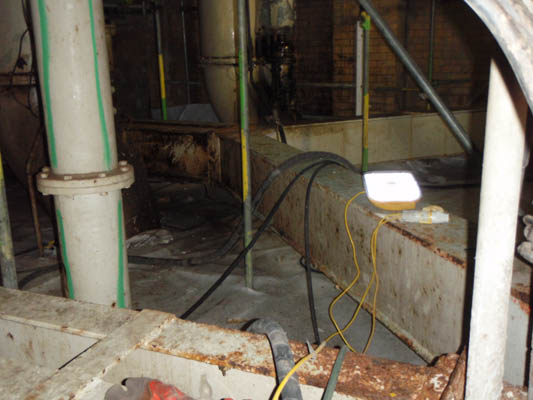
Those same beams, without the lead paint on them -but very rapidly gingered with rust because, golly, it was humid in there!
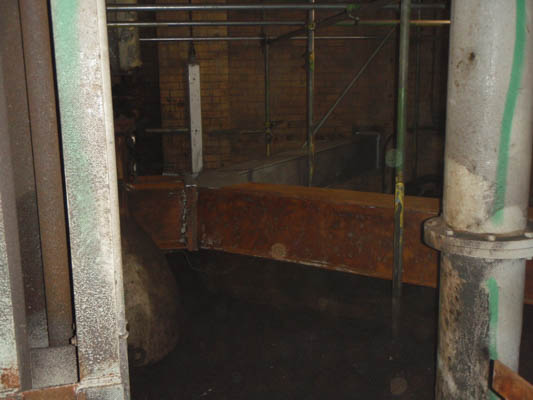
Moisture Curing Urethane Aluprime applied.

Site Steelwork
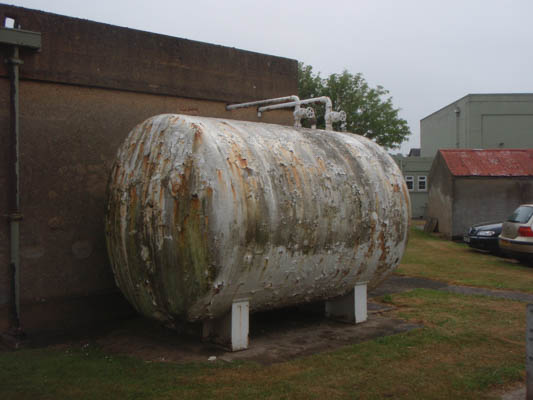
This Compressed Air tank blasted on site, and then primed and top coated in 2014.
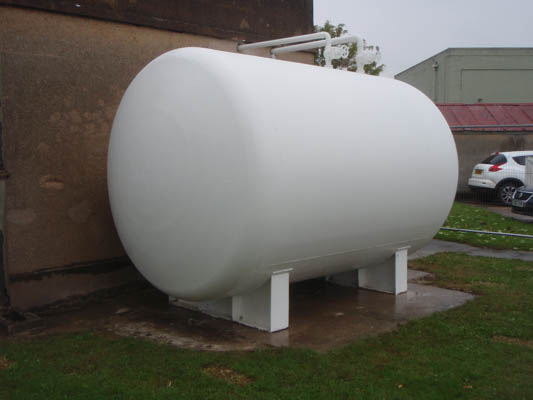
Structural Steels
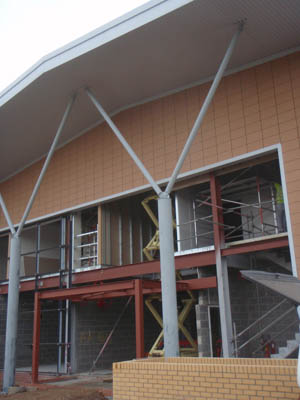
This brand new building's columns had been primed in red oxide - rather than the specified galvanised. We blasted them clean, then galvanised the results with Zinga - upon which the customer over painted the result with his specified grey topcoat
Ultra High Pressure Water
For removing paint down to near bare metal - ultra high pressure water is very effective - particularly if you aren't afraid of blowing holes through an old barge in the process!
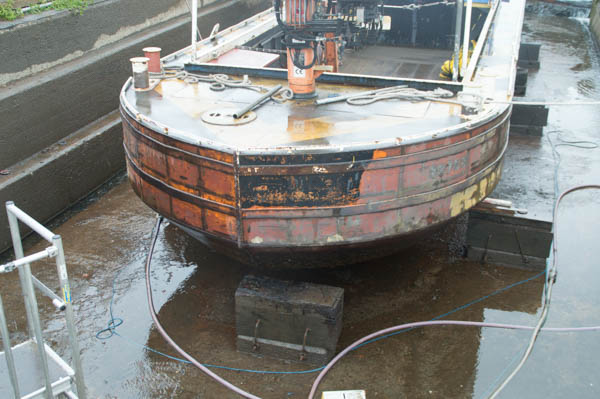
High Pressure Water
These Cast Iron Radiators were stripped of paint in a matter of minutes using high pressure water - compared to the hours they take with the sand jet!
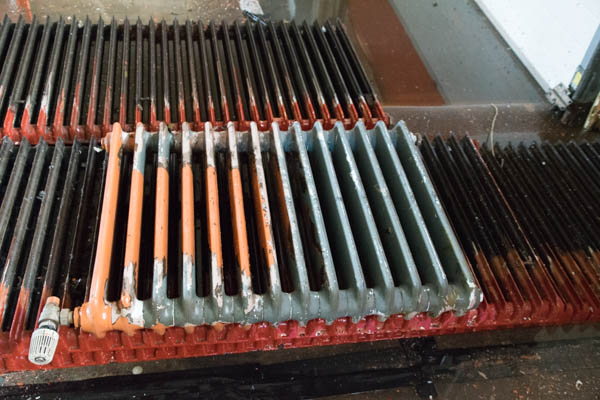
Key Benefits
- The low consumption means that the sand jet can be regulated to be gentle enough to clean delicate surfaces, yet remains powerful enough to strip multiple layers of paint in one pass.
- It is not a chemical process so no noxious or harmful slurries or fumes are generated.
- As it uses only minimal amounts of water and abrasive the system is regularly used indoors.
- Dry blasting available for applications where flash rusting is critically not required.
- Preparation of surfaces to SA 2.5
- Cold Galvanising of blasted steel structures